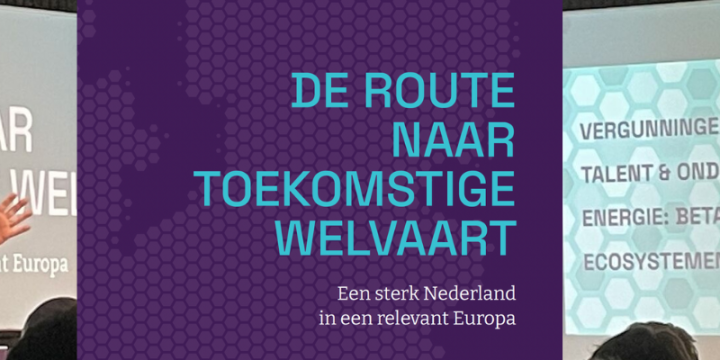The transition to zero-emission heavy-duty transport is at a crossroads. While the technology is ready, the infrastructure is lagging. Electric trucks are now being offered and sold, but there is a lack of sufficient charging options along the routes where it matters: the logistics corridors. Without certainty about energy supply, grid connection, charging time, and charging costs, investments are not being made, risking the Netherlands losing its strong position in the automotive sector, and ultimately also in the vital logistics industry.
RAI Automotive Industry NL calls for an accelerated realization of the first charging corridors in collaboration with the government, logistics sector, grid operators and industry. This corridor should not stand alone, but be embedded in a broader ecosystem in which depot charging, public charging but also projects such as Charging Energy Hubs (CEH) are crucial.
RAI Automotive Industry NL calls for an accelerated realization of the first charging corridors in collaboration with the government, logistics sector, grid operators and industry. This corridor should not stand alone, but be embedded in a broader ecosystem in which depot charging, public charging but also projects such as Charging Energy Hubs (CEH) are crucial.
The challenge: infrastructure is now the limiting factor
Both European and national legislation impose strict emission reduction requirements on freight transport. By 2030, approximately 30% of new heavy-duty vehicles must be zero-emission in order to achieve the then applicable requirements of 45% CO2 reduction, even increasing to 90% in 2040. The industry has been investing massively in electric drivetrains, battery production and vehicle platforms for years. Look at initiatives by DAF, VDL, TNO and the broader Battery Competence Cluster-NL (BCC-NL).
Yet a stalemate is looming. The required charging infrastructure in general and in particular on strategic corridors is lagging behind. The market is prepared to invest, but lacks insight into energy security, permits and policy continuity. As a result, the electrification of heavy transport is in danger of getting off the ground, especially in countries such as Germany and Sweden, where the infrastructure is also being rolled out rapidly, while this rollout is stagnating in the Netherlands.
What is a ZE corridor and why is it so important?
A Zero Emission Corridor (ZE Corridor) is a main logistical route equipped with predictable and powerful fast charging infrastructure, 400KW to >1 MW per charger and multiple chargers per location), with guaranteed energy connection, availability and interoperability. In contrast to urban ZE zones, which are important but only solve a small part of the problem, corridors focus on the places where most kilometers and CO₂ emissions are realized.
For logistics companies, a functioning corridor is the difference between a profitable and realistic or unfeasible business model for electric trucks. Without infrastructure no balanced TCO, without TCO no cost advantage, and without cost advantage no motivation for transition.
Learn more about:
- Impulse project: the first Dutch-German battery corridor
- Battery chain as economic engine
- From corridor to ecosystem: the role of Charging Energy Hubs
- From vision to implementation: now is the time





